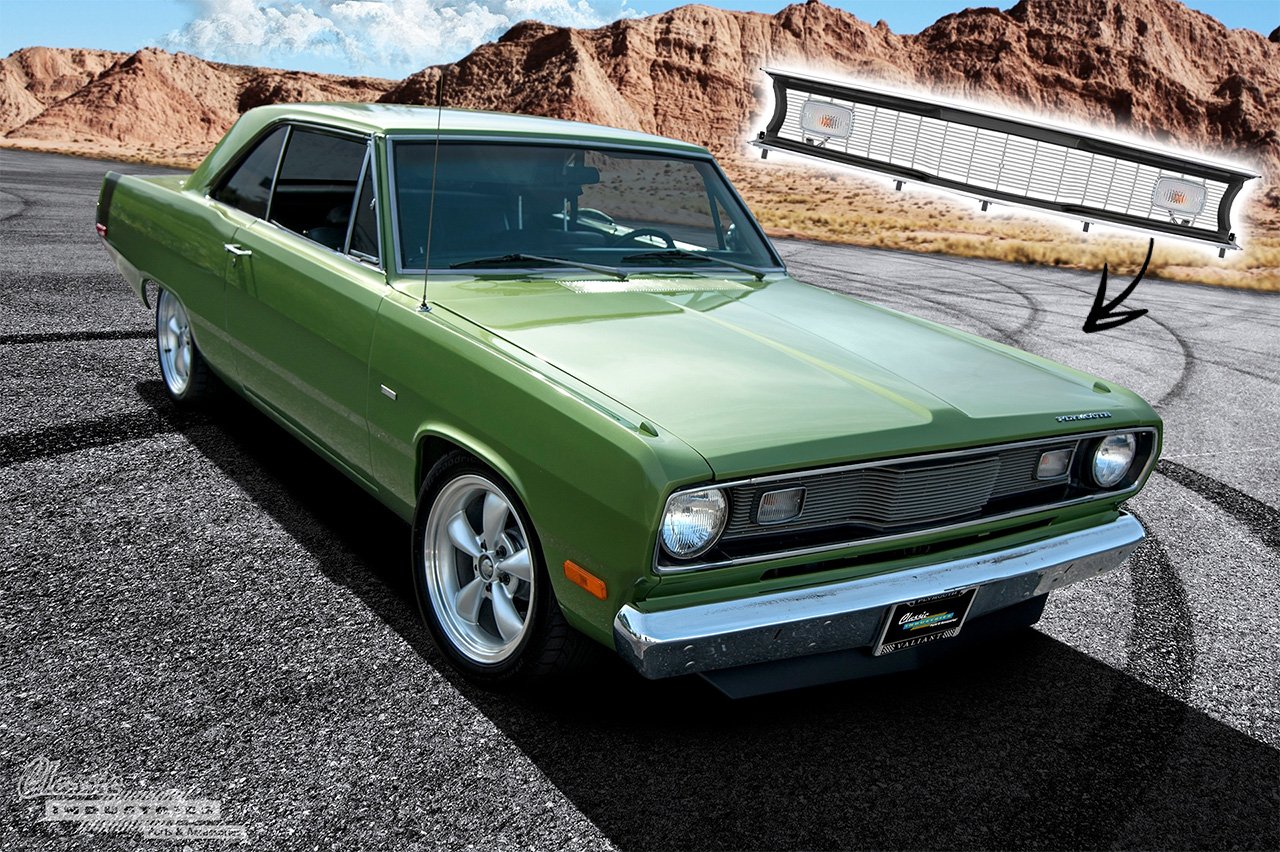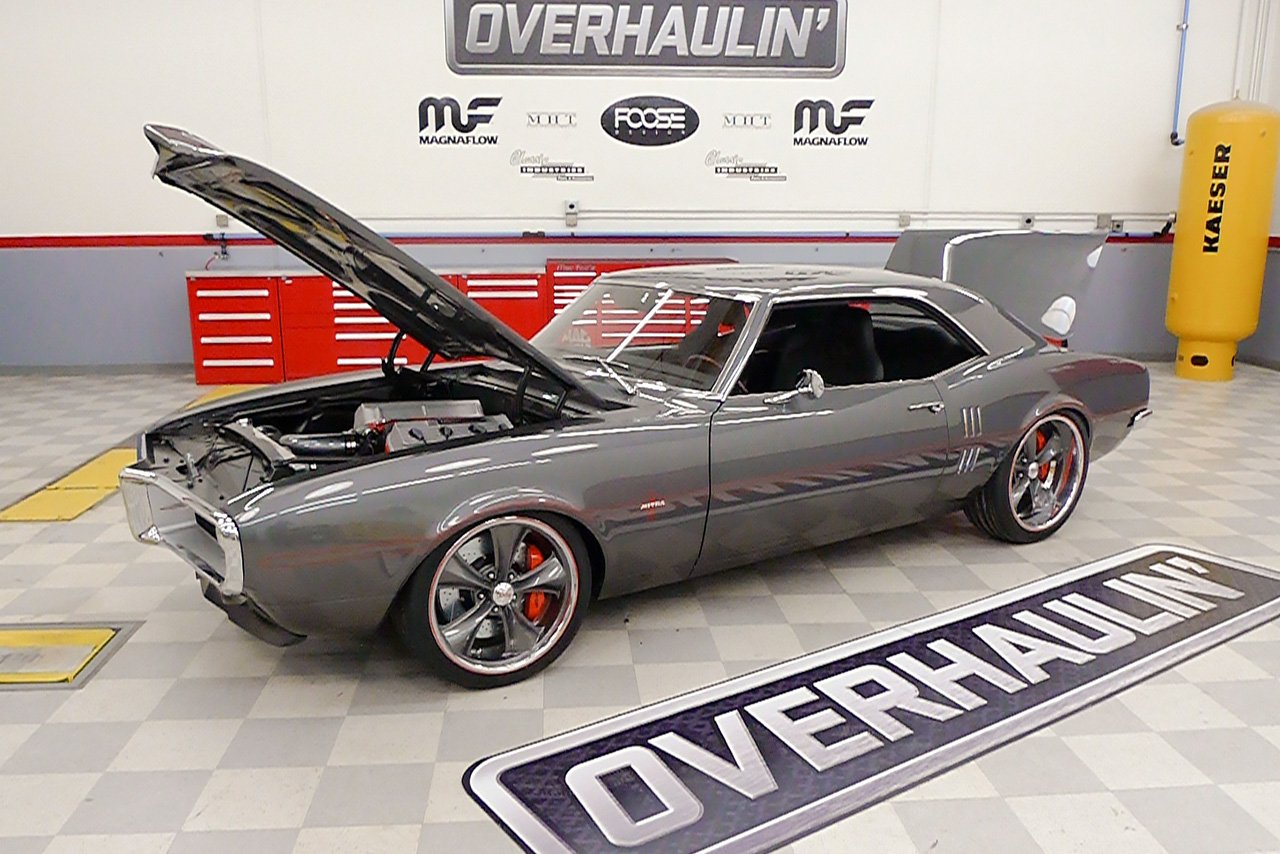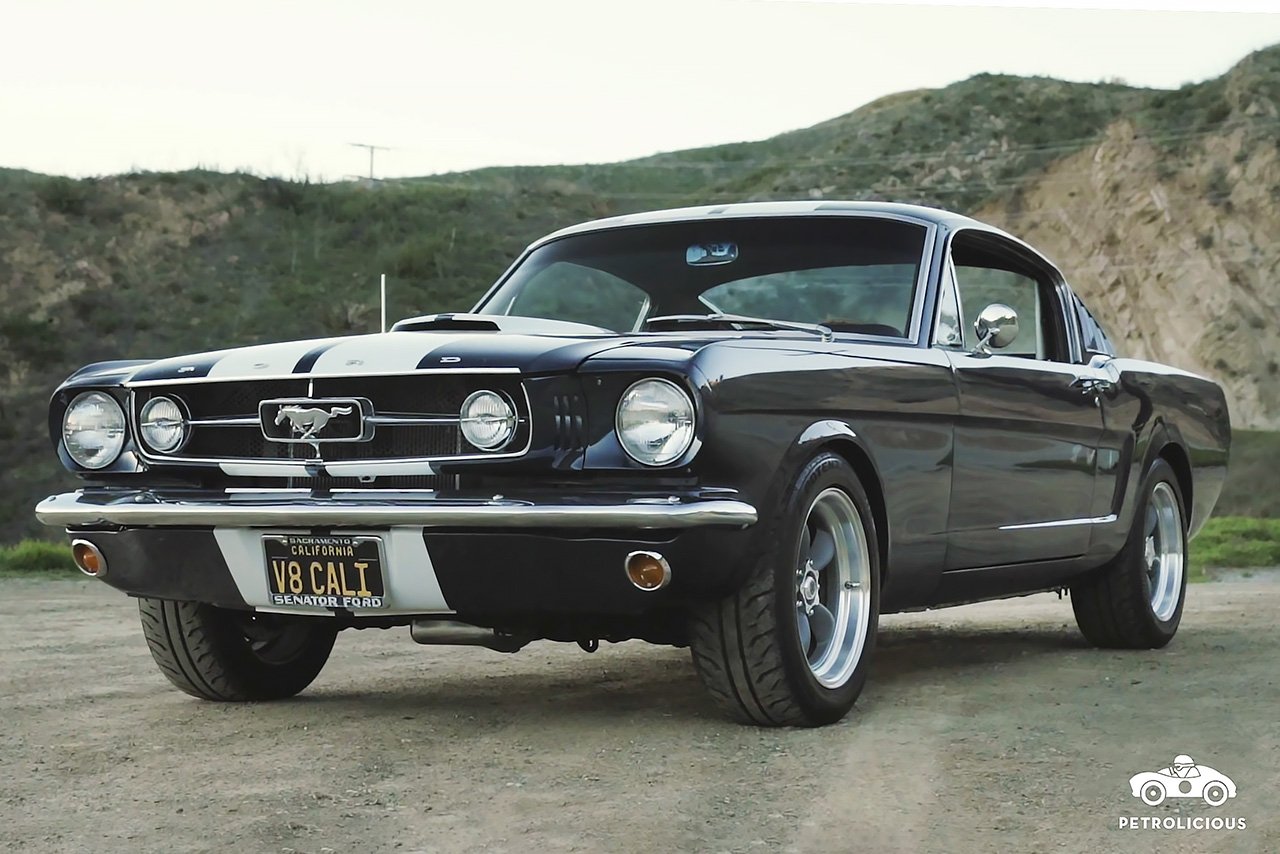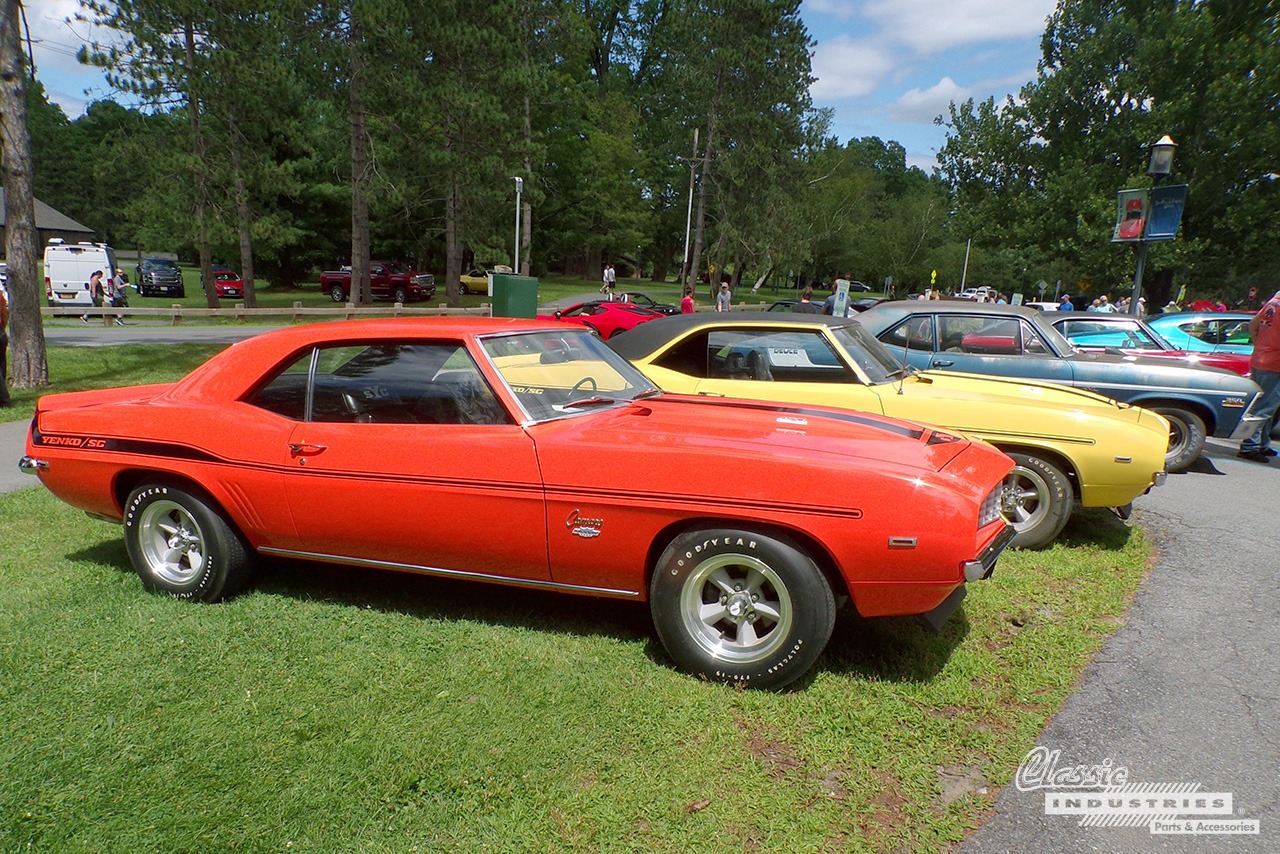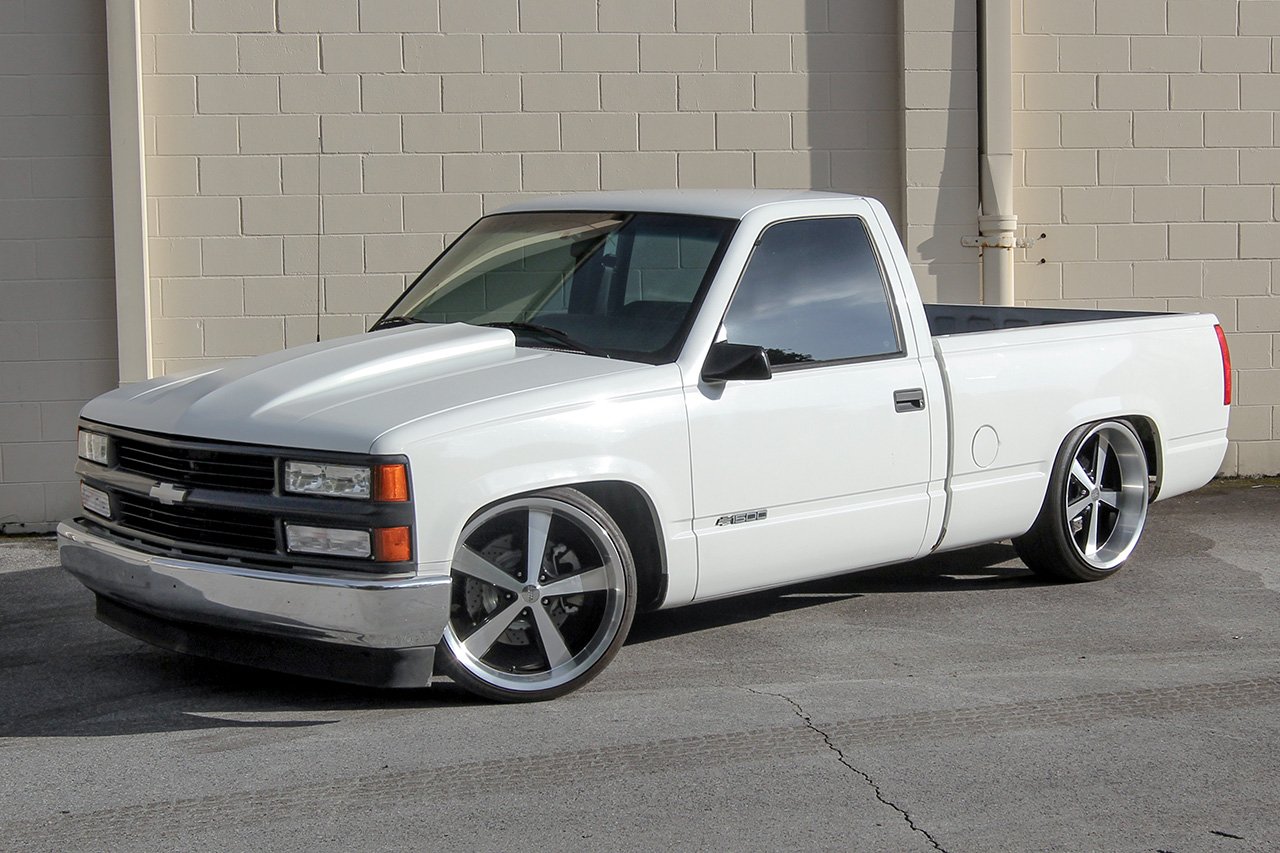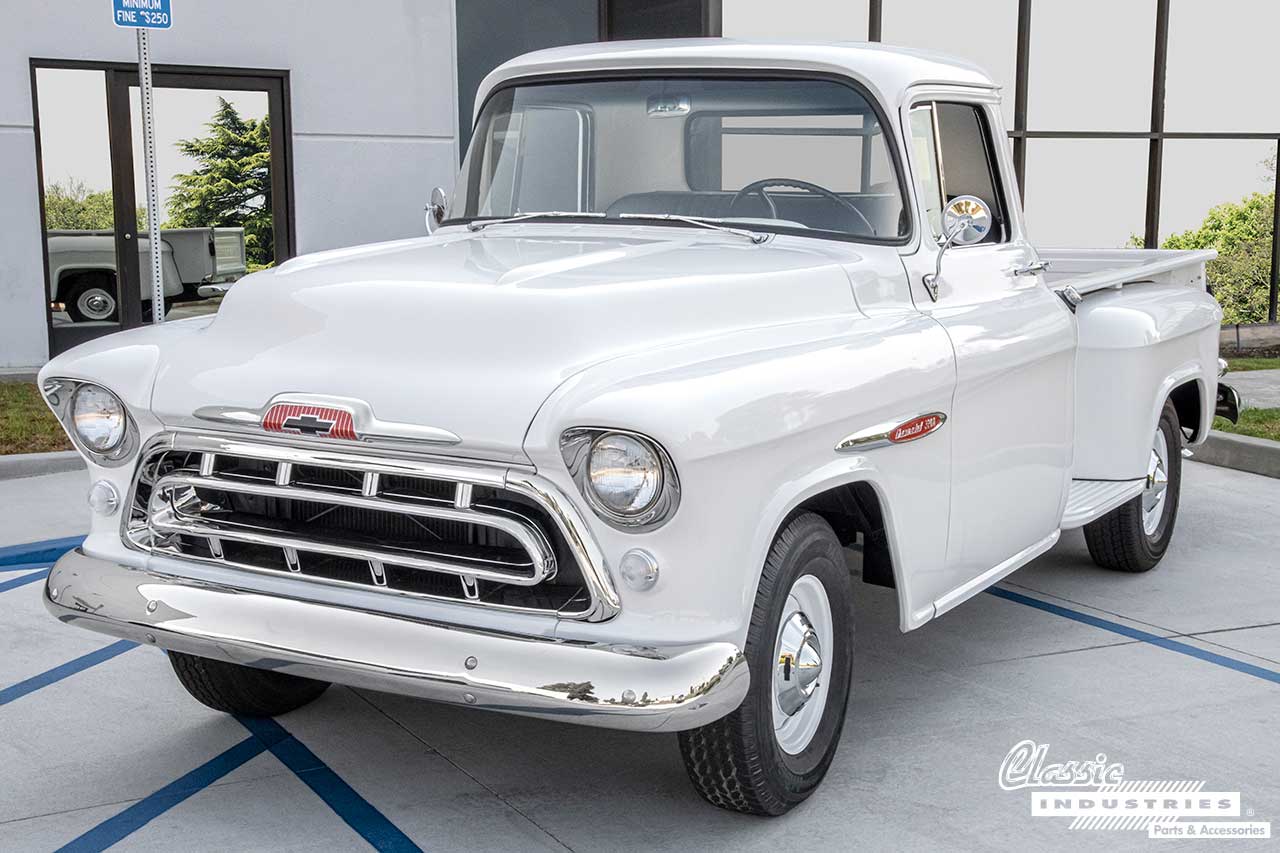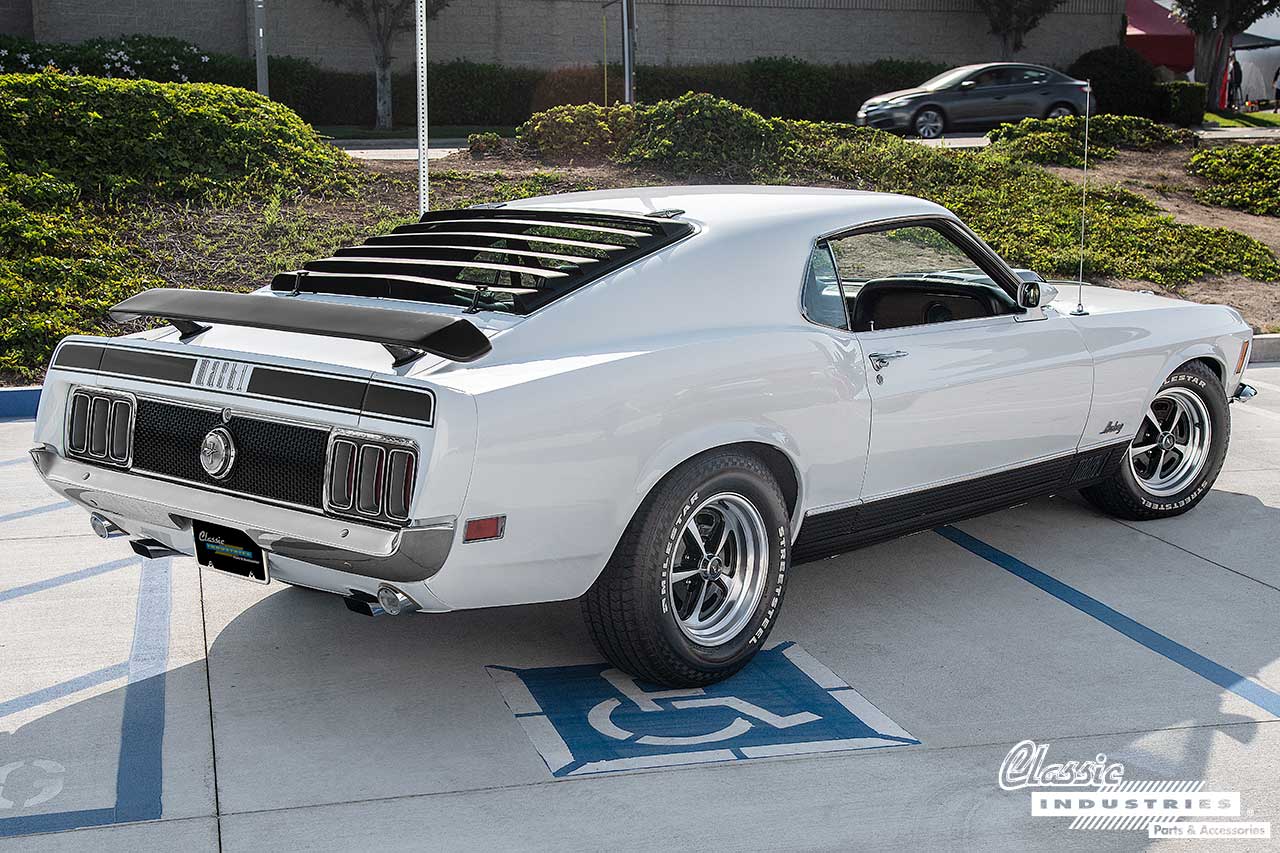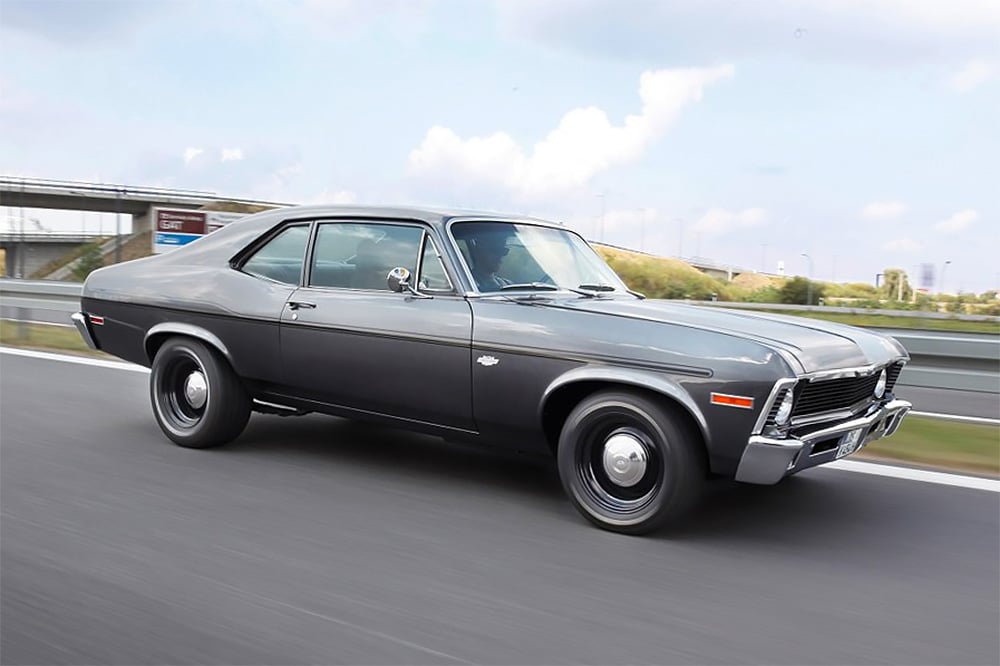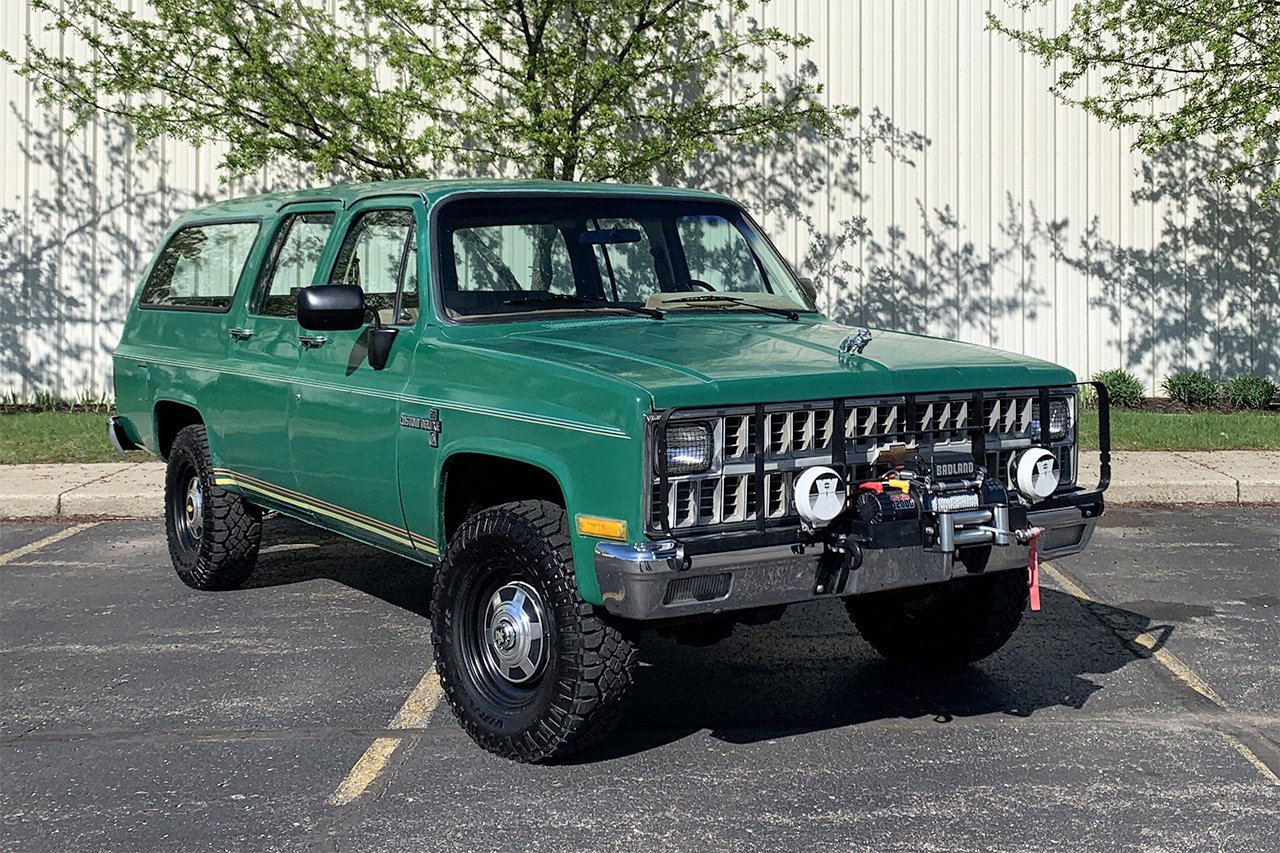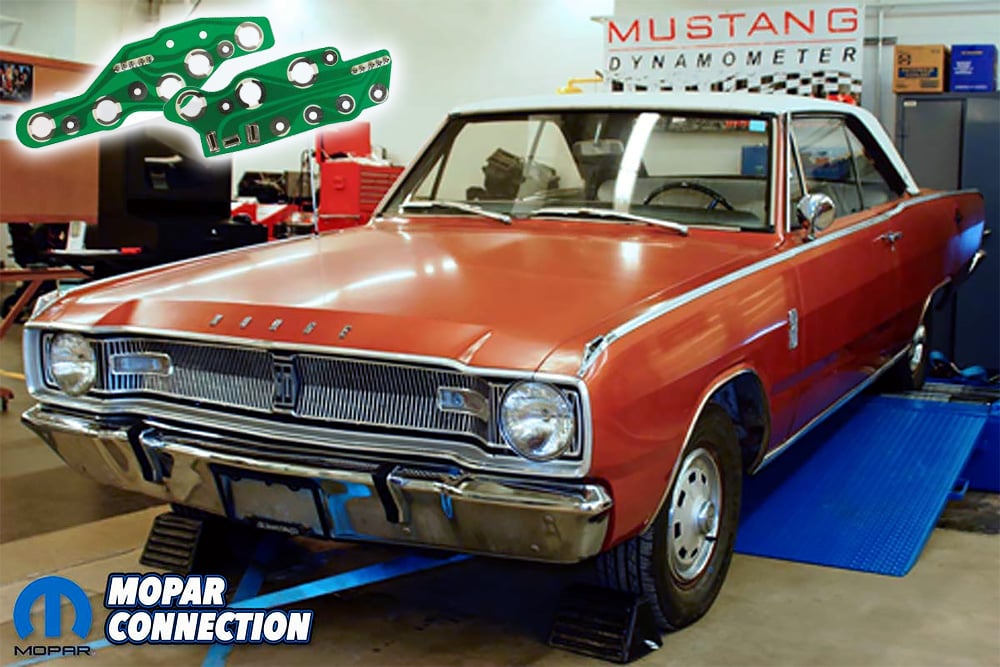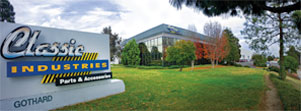When it comes to automotive styling, the grill might be the single most important component of the whole vehicle. Designers and engineers spend countless years crafting a grill shape that's functional and immediately-recognizable, from the Chevy Silverado's split grill to BMW's dual "kidneys" or even Rolls Royce's elegant vertical grill. So, when you're restoring a classic car, it's essential to find a replacement grill that fits well and matches the original look. We're excited to show a new product that does just that: OER reproduction grill kits for the 1970-72 Plymouth Valiant, Duster, and Scamp.



